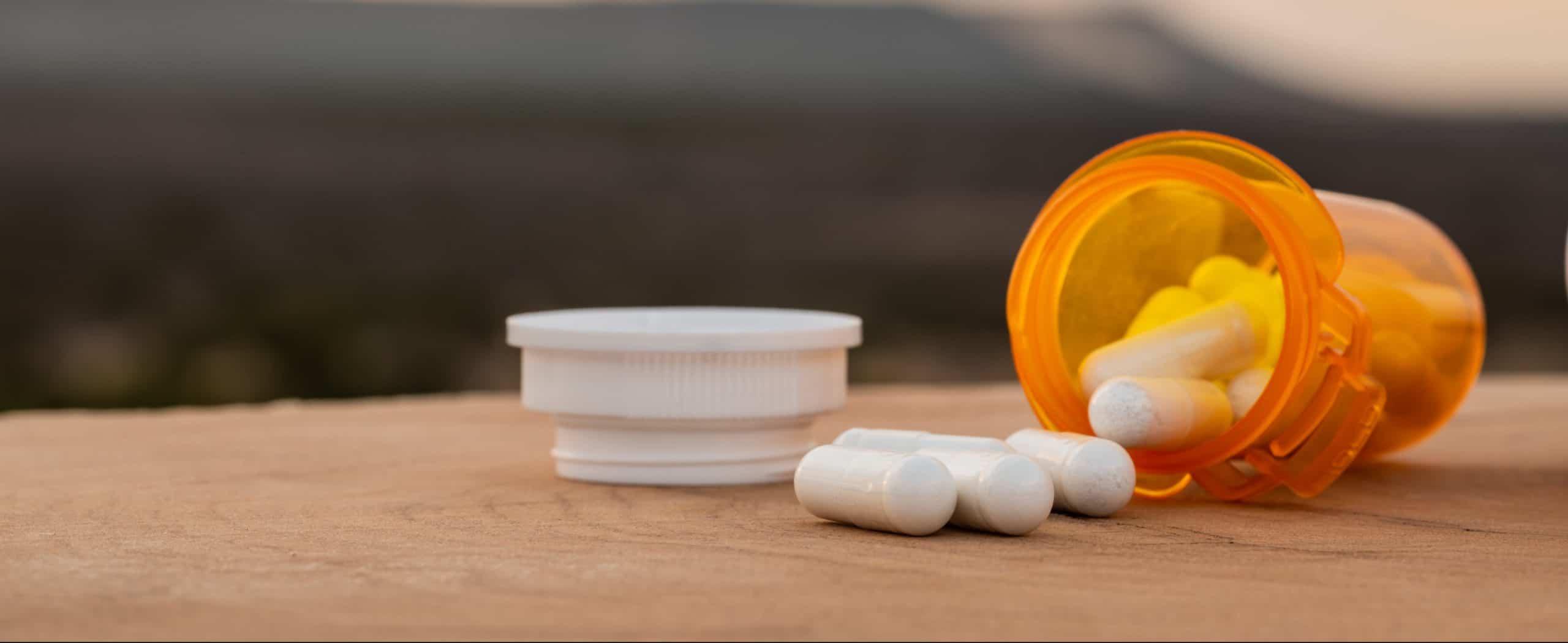The Critical Role EMTs Play in Fighting the Opioid Crisis
 The opioid crisis is a modern threat that is changing the way we as EMTs train and work as first responders. We are on the frontlines responding to opioid-related calls in our communities. Unfortunately, we might also see drug-related complications with our team members as cases of EMS overdose rise.1
The opioid crisis is a modern threat that is changing the way we as EMTs train and work as first responders. We are on the frontlines responding to opioid-related calls in our communities. Unfortunately, we might also see drug-related complications with our team members as cases of EMS overdose rise.1
Through education, training, and reducing the stigmas around drug treatment, we can help our communities work together to find solutions.
The American Opioid Crisis
The National Institute on Drug Abuse reports that 128 people die each day after overdosing on opioids.2 This drug category includes prescription pain medications, like oxycodone and hydrocodone, as well as heroin and synthetic drugs, like fentanyl.
With the high rates of opioid abuse in the United States, leaders in government, healthcare, and emergency response have instituted important protocols to better protect our communities.
Medical professionals are more cognizant when prescribing opioids, and protocols like patient-controlled analgesia work to prevent accidental overdoses and help patients learn to self-administer within safe limits. Likewise, government leaders are funneling funds and research into addiction prevention, treatment, and recovery.
As EMTs, we now have more access to and training in how to administer life-saving drugs like naloxone, which rapidly reverses the negative effects of opioid overdoses.
Our Role as EMTs
As EMTs, our role in the opioid crisis is to educate ourselves and receive all the necessary training to respond confidently to opioid-related calls.
Treating an opioid overdose goes beyond basic BLS protocols. Specialized training and continuing education are available for you and your team. As you look for these opportunities, be sure that you are investing in courses created by industry experts with up-to-date research. CareerCert’s industry-leading opioid awareness and naloxone administration training are available for completion online.
Beyond responding to calls and providing essential care for overdose patients, EMTs can also be voices and leaders for innovation in community health programs. We can help educate our friends, family, and the community about prevention and common misconceptions about opioid use. Our departments can collect data to share with public health and government officials to help track the effectiveness of protocols and track trends in this crisis.
Caring and Responding Effectively
Providing better care and watching out for other team members will also require some changes in the way that we work. EMT leaders should take the time to assess areas in current operations that could put stress on a department. Is your call volume increasing? How many opioid incidents are you encountering? What concerns do EMTs have for their own safety as they respond to these calls?
We also need to be on the lookout for the health and wellbeing of our team members. Statistically, the rate of drug abuse is higher among paramedics and EMTs than other emergency responders.1 Familiarize yourself with the signs that someone is struggling with addiction. Those signs include the following:3
- Inability to control use of a prescribed painkiller, anxiety medication, or sleep aid
- Changing sleep habits and drowsiness
- Uncontrolled cravings
- Sudden weight loss
- Decrease in personal hygiene
- Flu-like symptoms
- Increased isolation from family and friends
- Stealing items or funds
- New financial problems
- Decreased libido
If a team member is struggling, it is our duty and responsibility to reach out. Remember that seeking drug treatment is a healthy and valuable step, not one that should be met with shame or embarrassment. As we work together to educate and train ourselves, we will be ready to fight and overcome opioid addiction in our communities.
Sources
- Hilliard J. The relationship between addiction and emergency responders. Addiction Center. Apr 29, 2020. https://www.addictioncenter.com/addiction/emergency-responders/.
- Opioid overdose crisis. National Institute on Drug Abuse. May 2020. https://www.drugabuse.gov/drugs-abuse/opioids/opioid-overdose-crisis.
- Signs of opioid abuse. Johns Hopkins Medicine. Accessed on Jun 9, 2020. https://www.hopkinsmedicine.org/opioids/signs-of-opioid-abuse.html.


